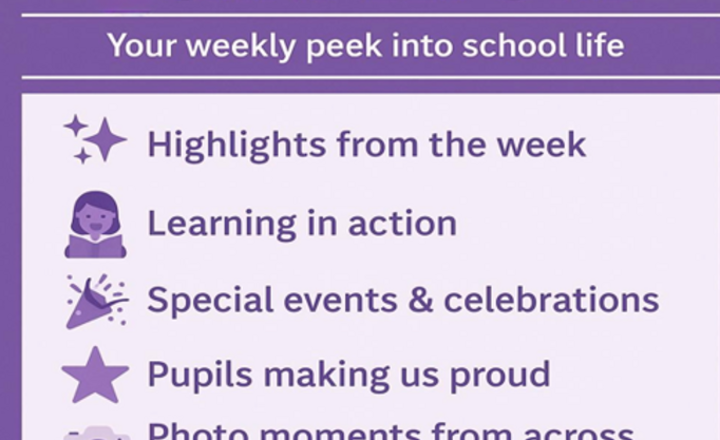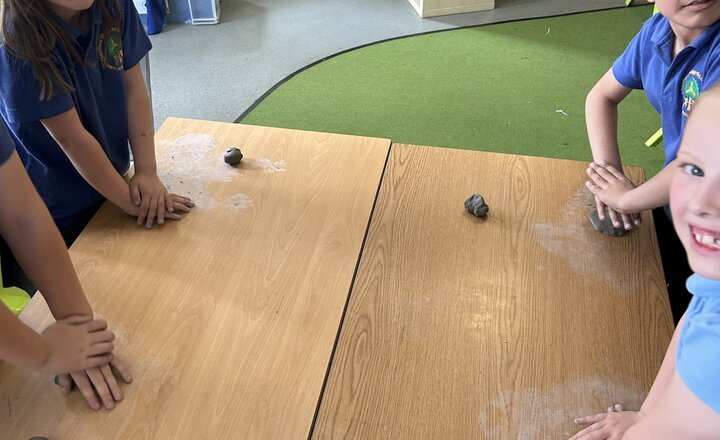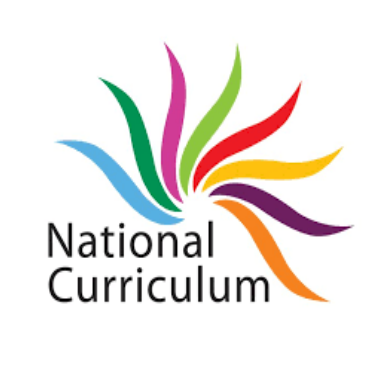History

'The more you know about the past, the better prepared you are for the future' - Theodore Roosevelt
Intent
At Chapelford Village Primary, History intends to prepare each student for their next phase of education, whilst at the same time, giving all students a broad and balanced view of the History of Britain, other societies and time periods. Through this, students will develop a well-rounded knowledge/vocabulary of the past and its events and improve students’ understanding of the world around them, including their own heritage and cultural diversity. History at Chapelford Village Primary is carefully planned to be engaging, motivating, with thorough teaching of Historical skills, whilst adhering to the National Curriculum Programmes of Study. At Chapelford Village Primary, we have designed our History curriculum with the intent that our children will: • Become increasingly critical and analytical thinkers. • To discover links and connections to the History they learn and the wider community/locality. • Further their knowledge and explanations of change and continuity over time with regards to all History learning. • Increasingly differentiate between source types and explain how interpretations in History may differ. • Draw on similarities and differences within given time periods and across previously taught History through strategies to retrieve and recall this knowledge/vocabulary. • Substantive and disciplinary knowledge are carefully integrated, strengthening each other rather than being taught in isolation. • Adaptations for pupils with SEND are carefully considered and take into account the importance of background information in learning. • Enquire in to Historical themed questions and form their own opinions and interpretation of the past. • To encourage a wide range of fields of Historical enquiry, for example social, political, economic and cultural history. • To develop knowledge of chronology through KS1 and KS2, with the intent to be secure by the end of KS2.
Implementation
The curriculum is led and overseen by the History Leader, who ensures a regular programme of monitoring, evaluation and review. The celebration of good practice contributes to the ongoing commitment to evolve and improve further. The History Leader establishes the skills, knowledge and vocabulary to be taught at each History theme. Children are taught the sequence of skills and knowledge that are the components to a composite outcome. • Emerging knowledge, skills and concepts are taught throughout EYFS as part of ‘Understanding the World.’ • The coverage of History learning is delivered each term throughout KS1 and KS2. • Use of ‘CUSP’ for each phase focuses the History learning to ensure a broad and balanced teaching and planning of skills, knowledge and vocabulary. • Lessons develop long term memory by allowing for repetition of learning within the year and year on year through recall and retrieval opportunities. • The use of knowledge organisers is to focus teachers in planning their knowledge and skills and for students in understanding the expectations by the end of the theme. • Specific themed and transferable vocabulary is reinforced throughout the year through regular recall and retrieval strategies. • SMSC is threaded through the History curriculum to link History to their lives and explore their heritage/cultural diversity. • Cross-curricular outcomes in History are specifically planned for, with strong links between the History curriculum and Literacy lessons enabling further contextual learning. Staff encourage challenge through linked texts. • Cross-curricular opportunities are also given, when appropriate, through other subjects such as drama, art, DT and Geography. Links to other curriculum subjects are made when applicable. • Within our knowledge-rich approach, there is a strong emphasis on people and the community of our local area. • Parents are engaged through information on History learning provided though project-themed homework which is often linked to History. • Where applicable, children participate in carefully planned high-quality visits/visitors and cross-curricular themed days to introduce a new History theme and to further promote History learning
The Historical Skills Progression is set out to build and develop the following throughout EYFS, KS1 and KS2: • Chronology • Concepts • Interpretation • Enquiry • Communication
Impact
- Children become increasingly critical and analytical within their thinking; making informed and balanced judgements based on their knowledge of the past.
- Children become increasingly aware of how historical events have shaped the world that they currently live in, whilst having a further understanding of History on a local level.
- Children retain prior learning and make connections between what they have previously learned and what they are currently learning through regular recall and retrieval opportunities.
- Outcomes in Curriculum and English books, evidence a broad and balanced History curriculum and demonstrate the children’s acquisition of identified key knowledge and vocabulary.
- By the end of year 6, children have a chronological understanding of British History they have learned from the Stone Age to the present day. They can draw comparisons and make connections between different time periods and their own lives. Interlinked with this are studies of World History, such as the influence of Ancient Greece on the western world, the achievements of the earliest civilisations with a focus on Ancient Egypt and a non-European society that provides contrasts with British History.
Click on the National Curriculum image for the National Curriculum programme of study for History.
History Quality Mark Gold Award 2023

Related News


